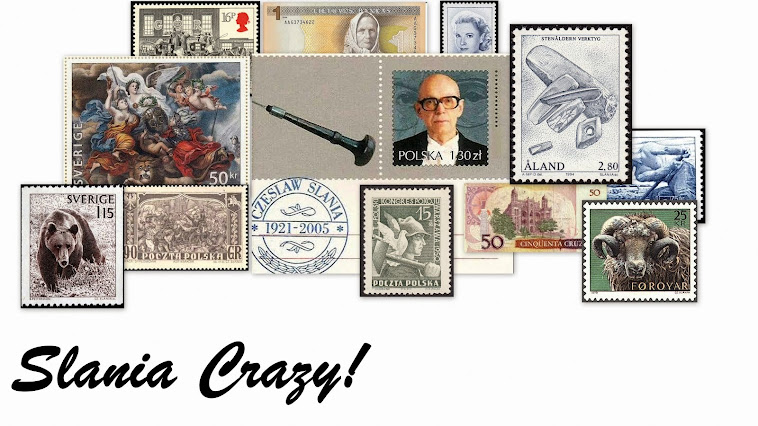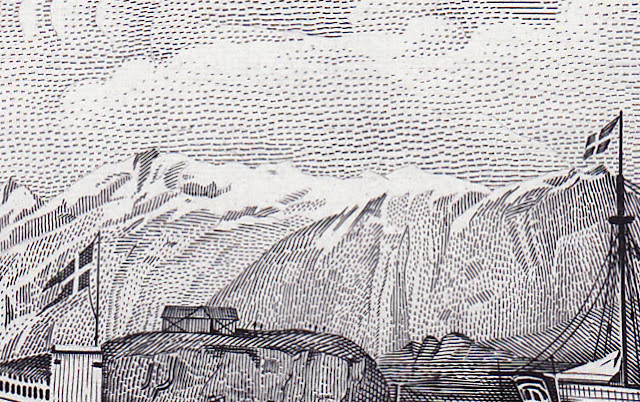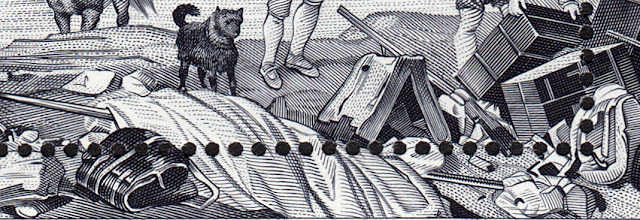I have always found the history of the development of armies during World War II both fascinating and somewhat confusing. Sometimes I struggle to get my head around all of the intricacies. The armies of Poland and the Soviet Union I find the most bewildering. So in an attempt to be brief I will give the bare bones of what I understand to be the formation of the Polish People's Army. I'm sure I'll probably miss bits, but here goes...
In 1941 Poland was occupied by both Nazi Germany and Soviet Union forces vying for control of the Russian Front. During this time Poles who were loyal to the Polish government-in-exile created the Polskie Siły Zbrojne na Wschodzie (Polish Armed Forces in the East). From this military force, two armies were born. The first was known as the Anders Army. After being evacuated to Persia in 1942, the Anders Army was placed under the control of the Western Allies and became known from then on as the Polish II Corps. This corp fought the Nazis in Italy.
The remainder of the army left in the Soviet Union became the Polish I Corps, and were under the control of the Soviets. From this army came the Ludowe Wojsko Polskie (The Polish People's Army), created in 1943. This was the armed force of the Polish communist government.
In 1941 Poland was occupied by both Nazi Germany and Soviet Union forces vying for control of the Russian Front. During this time Poles who were loyal to the Polish government-in-exile created the Polskie Siły Zbrojne na Wschodzie (Polish Armed Forces in the East). From this military force, two armies were born. The first was known as the Anders Army. After being evacuated to Persia in 1942, the Anders Army was placed under the control of the Western Allies and became known from then on as the Polish II Corps. This corp fought the Nazis in Italy.
The remainder of the army left in the Soviet Union became the Polish I Corps, and were under the control of the Soviets. From this army came the Ludowe Wojsko Polskie (The Polish People's Army), created in 1943. This was the armed force of the Polish communist government.
***
On 10 October 1953 Poland issued a set of three stamps for the 10th Anniversary of The Polish People's Army. The highest value in the set, the 1.75z value, was designed by Czeslaw Slania. This stamp features Lieutenant Roman Pazinski (1907-1943).
I have done a bit of searching on the internet in an attempt to identify the subject of this stamp, Lieutenant Roman Pazinski. So far I haven't had any success other than finding out he was depicted on a stamp. Not much help! Considering the date of his death I am assuming he fought with the Polish army and died around the time of the formation of the Polish People's Army. Does anyone out there know anything more about this fellow?
Addendum: I have been given an additional bit of information about Roman Pazinski. Apparently he fought in the Battle of Lenino in October 1943 in 1st Infantry Regiment. He died in this battle. For his service, he was awarded the Silver Cross of Virtuti Militari. My thanks to Keram for the info.
Until next time...
Addendum: I have been given an additional bit of information about Roman Pazinski. Apparently he fought in the Battle of Lenino in October 1943 in 1st Infantry Regiment. He died in this battle. For his service, he was awarded the Silver Cross of Virtuti Militari. My thanks to Keram for the info.
Until next time...



















